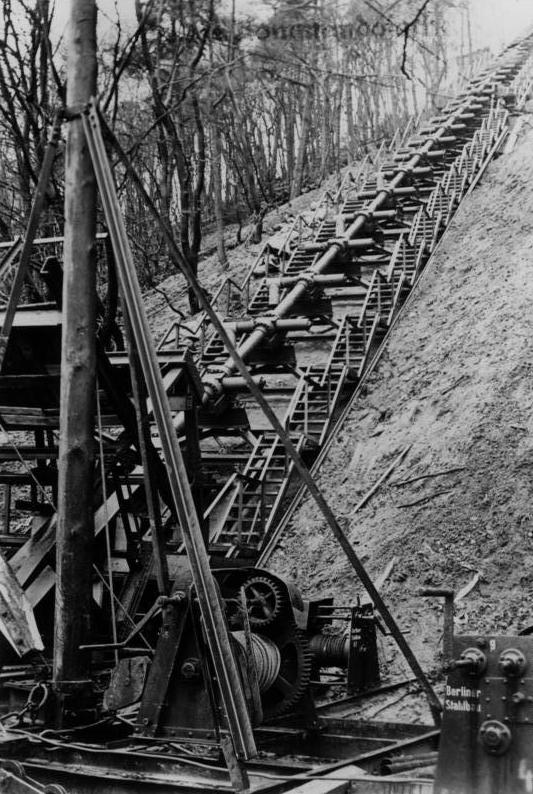Artillery Lovers Group
Hobbies & Interests
Originally applied to any group of infantry primarily armed with projectile weapons, artillery has over time become limited in meaning to refer only to those engines of war that operate by projection of munitions far beyond the range of effect of personal weapons. These engines comprise specialised devices which use some form of stored energy to operate, whether mechanical, chemical, or electromagnetic. Originally designed to breach fortifications, they have evolved from nearly static installations intended to reduce a single obstacle to highly mobile weapons of great flexibility in which now reposes the greater portion of a modern army's offensive capabilities.
The V-3 (Vergeltungswaffe 3) was a German World War II supergun working on the multi-charge principle whereby secondary propellant charges are fired to add velocity to a projectile.
The weapon was planned to be used to bombard London from two large bunkers in the Pas-de-Calais region of northern France, but they were rendered unusable by Allied bombing raids before completion. Two similar guns were used to bombard Luxembourg from December 1944 to February 1945.
The V-3 was also known as the Hochdruckpumpe ("High Pressure Pump", HDP for short), which was a code name intended to hide the real purpose of the project. It was also known as Fleissiges Lieschen ("Busy Lizzie").
Type Artillery
Place of origin Nazi Germany
Service history
In service 1944 - 1945
Used by Nazi Germany
Wars World War II
Production history
Manufacturer Krupp
Specifications
Length 130 m (430 ft)
Shell 140 kilograms (310 lb)
Caliber 150 millimetres (5.9 in)
Elevation fixed
Traverse fixed
Rate of fire 300 shells per hour (projected)
Muzzle velocity 1,500 metre per second (4,900 ft/s)
Maximum range 165 km







Awesome. :D
Indeed!
It would be interesting to see it fire and the damage it would of coursed
Deja vu, saw this on Discovery just recently.